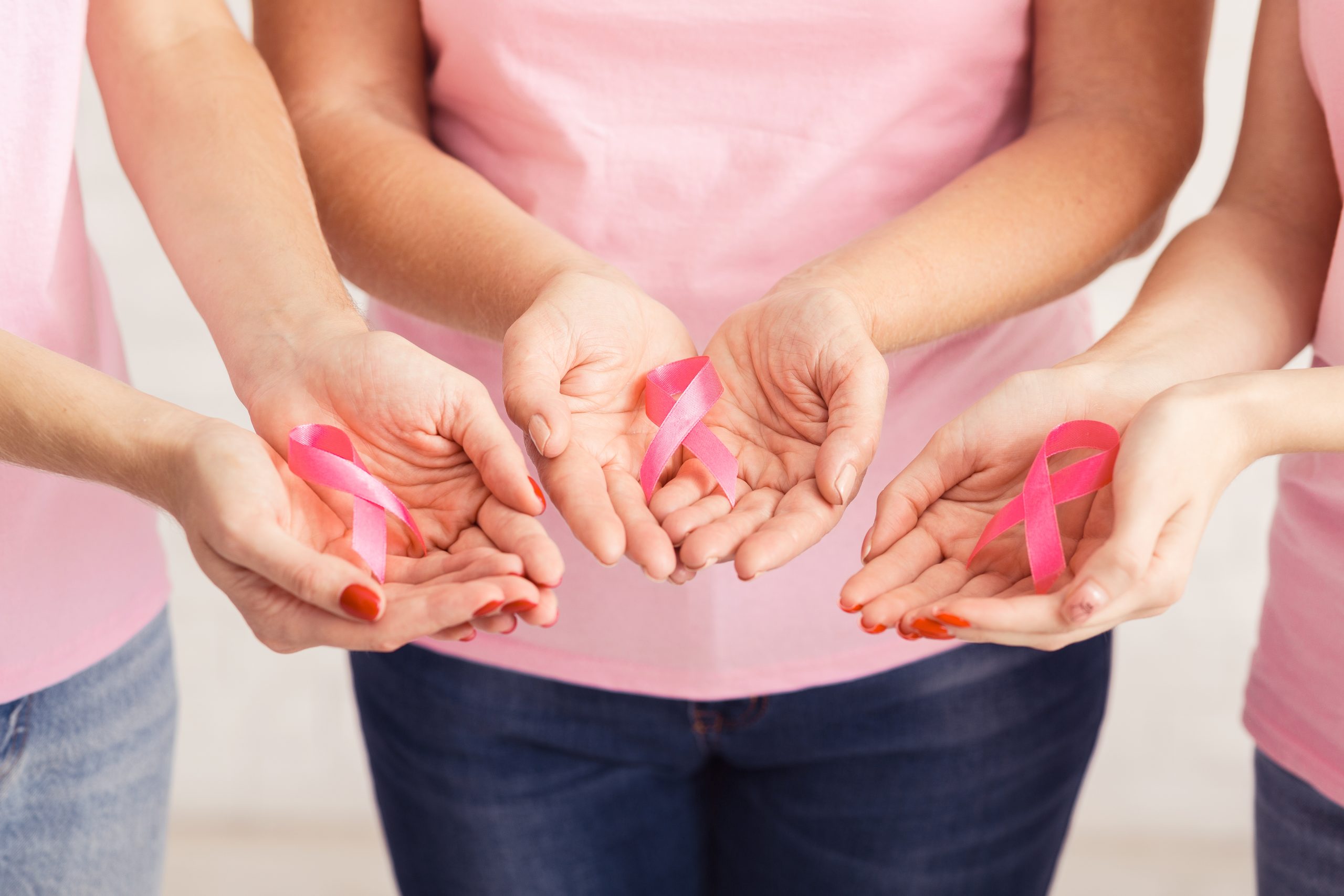Here in Canada, it is estimated that in the year 2020:
- 27,400 women will be diagnosed with breast cancer, which represents 25% of all new cases of cancer in women in 2020;
- 5,100 women will die from breast cancer, which represents 13% of all cancer deaths in women in 2020.
What it represents each day:
- On average, 75 Canadian women will be diagnosed with breast cancer;
- On average, 14 Canadian women will die from breast cancer.
Men can get breast cancer too, but it is rare. Across Canada, 240 men will be diagnosed with breast cancer in 2020 and 55 will die from it.
It therefore affects women much more, and here are 5 things you need to know about breast cancer:
- What is cancer?
- The incidence of breast cancer compared to other cancers
- Risk factors
- Hormone replacement therapy
- Risk reduction
In this first article, we will cover the first 3 points and the last two will be the subject of our 2nd article.
-
What is cancer?
Let’s define some terms. First, a tumor is not necessarily cancerous. A tumor is defined as an increase in the size of a tissue, part of the body, usually without inflammation, which is caused by abnormal growth of cells. A mole, cyst, or wart are tumors. It is therefore a cluster of cells. If the cells are cancerous, it is then called cancer. If the cells are healthy, it is called a benign tumor. If they’re cancerous cells, it’s a malignant tumor.
Why does it exist?
At the origin of life, the sperm meets the egg. The first cell thus formed, has the capacity to create all the cells within the human body: muscles, bones, neurons, connective tissues, etc. All the cells in the human body have the necessary genetic makeup to make all types of cells. What makes you have hair on your head instead of inside your mouth is the extraordinary capacity of cell differentiation, which takes into account the role of each cell. Depending on where they are and the type of neighboring cells, they differentiate into specific cells that will have specific functions, such as kidney, liver or muscle cells. Cells, in their own way, understand where they are in the human body and what their roles are.
Problems arise when cells no longer understand their role and decide to divide out of control. What (mainly) causes the cells to malfunction would include:
- Wear,
- DNA mutations,
- The toxicity of certain chemicals (pesticides, cleaners, drugs, etc.),
- Metabolic problems that interfere with proper cellular function,
- Inflammation,
- The inability of the immune system to destroy damaged cells,
- Genetic predispositions.
There can be several underlying causes, but these cells must also escape the internal mechanisms that cause their death (apoptosis), or the immune system which can recognize damaged or abnormal cells. For example, chemicals or poor lifestyle habits that can cause cells to malfunction or the immune system to malfunction, which may increase cancer risks, and be categorized as carcinogens.
A final point would be the spread. Cancer cells can grow in one place or travel through the blood or lymphatic circulation. The cells are then called metastases. The initial tumor is called the primary tumor, and new tumors that form at a distance as a result of cell displacement, are secondary tumors.
-
The incidence of breast cancer compared to other cancers
One in ten women will be diagnosed with breast cancer in their lifetimes. Often diagnoses occur between the ages of 50 and 65. Up to 25% of cancer cases in women are breast cancer.
According to the World Health Organization, 8.8 million people died of cancer in 2015. The main ones are:
- Lung (1.69 million deaths);
- Liver (788,000 deaths);
- Colorectal (774,000 deaths);
- Stomach (754,000 deaths);
- Breast (571,000 deaths).
It is well known that certain risk factors, such as smoking, are common to many cancers. Let’s take a closer look at the risk factors for breast cancer.
-
Risk factors
- Have had breast cancer in the past
- Have dense breasts
- Alcohol consumption
- Obesity
- Night work (linked to the protective effect of melatonin)
- Sleep problems
- Oral contraceptives
- Family history (related to lifestyle habits and/or genetics)
- Genetics: 5 to 10% are thought to be genetic. BRCA1 and BRCA2 mutations are thought to increase the risk by 85% or more.
- The use of hormone replacement therapy (HRT).
As mentioned, in article 2 we will discuss this topic, starting with hormone replacement therapy and reducing the risk of breast cancer.
We look forward to answering your questions: info@vitoli.ca
Other suggested items
- DIGESTION: Five Things You Need to Know About the FODMAP Diet
- Protein Intake: Article 2
- Insulin, Sugars, Sugar Replacements: Good or Bad?
- Richard Abel’s Turmeric Chicken
References:
- Hadadi, E., Taylor, W., Li, X. et al. Chronic circadian disruption modulates breast cancer stemness and immune microenvironment to drive metastasis in mice. Nat Commun 11, 3193 (2020). https://doi.org/10.1038/s41467-020-16890-6
- Rojas K, Stuckey A. Breast Cancer Epidemiology and Risk Factors. Clin Obstet Gynecol. 2016 Dec;59(4):651-672. doi: 10.1097/GRF.0000000000000239. PMID: 27681694.
- The Quebec Cancer Foundation website: www.fqc.qc.ca
- The Canadian Cancer Society website: cancer.ca
- The World Health Organization website, cancer section: https://www.who.int/health-topics/cancer#tab=tab_1
- Turner MC, Andersen ZJ, Baccarelli A, Diver WR, Gapstur SM, Pope CA 3rd, Prada D, Samet J, Thurston G, Cohen A. Outdoor air pollution and cancer: An overview of the current evidence and public health recommendations. CA Cancer J Clin. 2020 Aug 25. doi: 10.3322/caac.21632. Epub ahead of print. PMID: 32964460.






